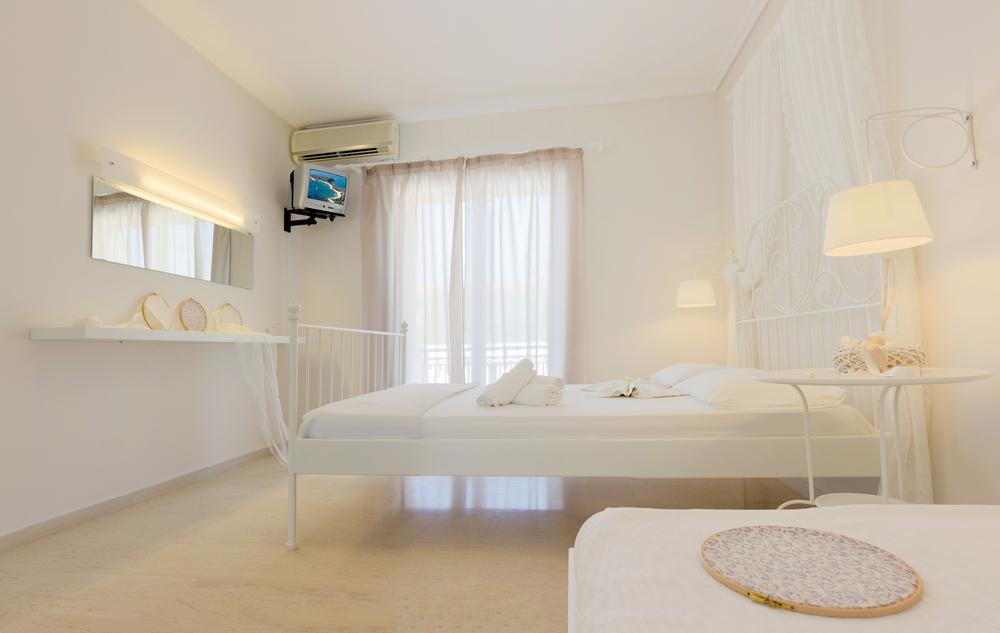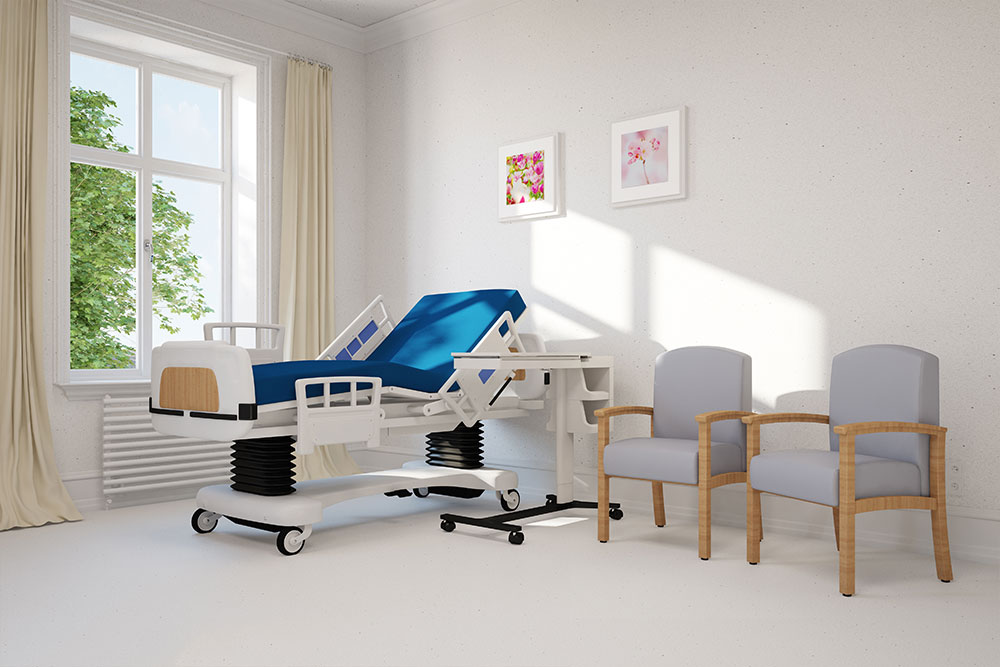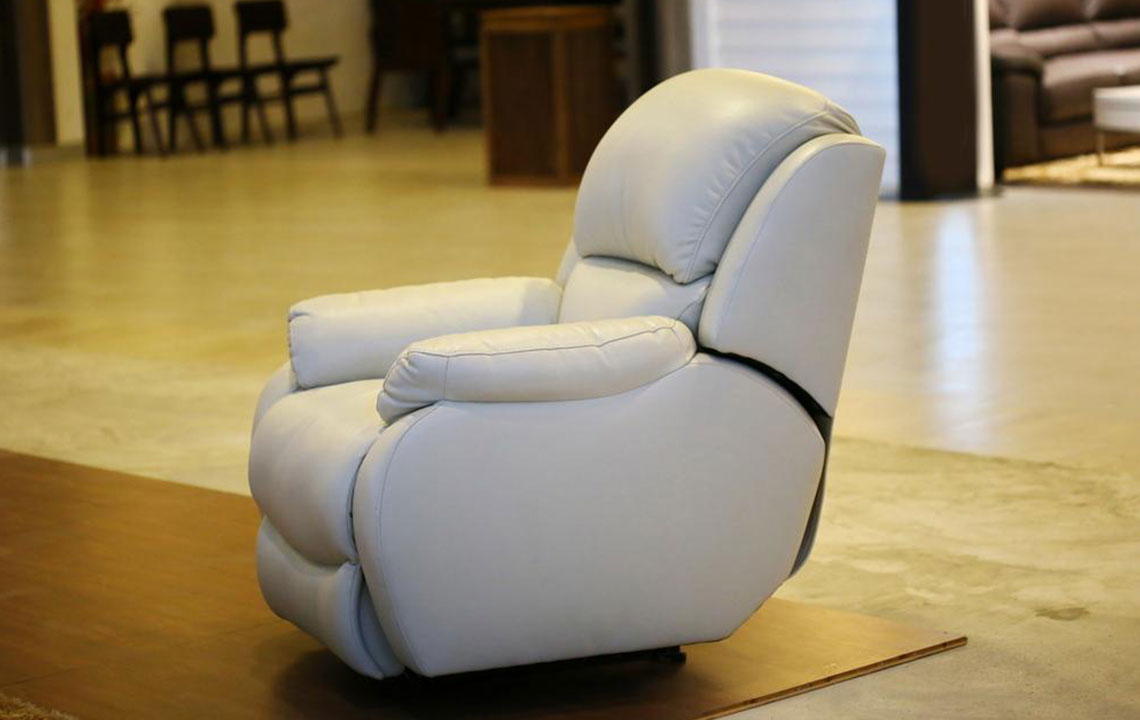Enhancing Comfort and Care at Home: The Essential Guide to Hospital Beds
Discover the vital role of hospital beds in home healthcare. Learn about various types, features, and benefits of using hospital beds at home for improved comfort, safety, and recovery. Essential guide for families seeking quality home care solutions.

Why Hospital Beds Are a Vital Investment for Home Healthcare
Hospital beds have long been a staple in medical facilities, providing specialized support for patients with diverse health needs. However, with advancements in medical technology and increasing demand for comfortable home care solutions, hospital beds are now readily available for use in residential settings. These beds are designed to improve comfort, facilitate recovery, and enhance the quality of life for individuals requiring long-term or temporary medical support. This comprehensive guide delves into the various types of hospital beds suitable for home use, their key features, and the numerous benefits they offer to patients and their families.
Understanding the Different Types of Hospital Beds for Home Care
The landscape of hospital beds is diverse, with options tailored to specific health conditions, mobility levels, and personal preferences. The primary categories include manual hospital beds and electric hospital beds, each with its unique advantages and features.
Manual Hospital Beds: These traditional beds operate through hand-operated mechanisms such as cranks or levers. They are generally more affordable and simpler to operate but require physical effort to adjust the bed's position. Manual beds are ideal for caregivers who prefer a straightforward mechanism and do not require frequent adjustments.
Electric Hospital Beds: Featuring motorized controls, these beds allow users to effortlessly adjust various sections of the bed using buttons or remote controls. Electric beds are suitable for patients with limited mobility or those who need frequent position changes. They also often come with advanced features like height adjustability, Trendelenburg positioning, and easy-to-use controls, making caregiving more convenient and efficient.
Beyond the mechanism, hospital beds are available in various sizes and configurations—including standard models, long-term care beds, and heavy-duty options. Standard beds offer essential amenities suitable for most patients, while long-term care beds come with enhanced adjustability and comfort features to support extended use. Heavy-duty models are designed to support higher weight capacities, often featuring reinforced frames and wider sleeping surfaces to ensure safety and stability for heavier individuals.
Having a hospital bed at home offers significant benefits, particularly for individuals with chronic illnesses, mobility challenges, or those recovering from surgeries. These beds are more than just a piece of furniture; they are vital tools that can greatly improve health outcomes and patient comfort.
Optimized Sleeping and Rest Positions
Prolonged bed rest can cause pressure ulcers and skin breakdowns, which are difficult to treat and can significantly affect recovery. Hospital beds allow for adjustable positioning, such as elevated head or foot sections, to relieve pressure and promote better circulation. Electric models, in particular, make these adjustments simple with the push of a button, reducing strain on caregivers and enhancing patient comfort.
Promotion of Healthy Blood Circulation
Proper positioning supported by hospital beds encourages healthy blood flow, crucial for recovery, reducing swelling, and preventing complications like blood clots. This feature is especially important for bedridden patients or those with circulatory issues.
Facilitation of Patient Transfers and Mobility
One of the significant challenges for caregivers and patients is safely moving in and out of bed. Hospital beds are equipped with features such as adjustable height and side rails, which assist in transferring patients more safely and comfortably. Electric beds further simplify this process, empowering patients to perform independent transfers and reducing caregiver strain.
Enhanced Comfort and Well-being
Comfort plays a vital role in healing and overall health. Hospital beds provide superior support and adjustable positioning that can alleviate discomfort, reduce fatigue, and improve sleep quality. For elderly family members or chronically ill patients, investing in a good-quality hospital bed can translate into a significant improvement in daily life and recovery potential.
Some popular options available in the market include models like the Invacare electric hospital bed priced around $865, the Drive Medical Ultra Light bed costing approximately $709, known for its lightweight design and ease of use, and the Patriot full electric hospital bed, which combines durability with advanced features. These options vary in features, price, and specifications, but all contribute to improved patient care and comfort at home.
In conclusion, the advantages of having a hospital bed at home extend far beyond basic comfort. They empower patients to achieve better health outcomes, facilitate independent living, and provide peace of mind for caregivers. Whether for long-term use or temporary recovery, investing in the right hospital bed can make a meaningful difference in the quality of home healthcare. This guide aims to help families and caregivers make informed decisions when selecting hospital beds to meet their specific needs, ensuring safety, comfort, and improved health benefits in the comfort of home.





